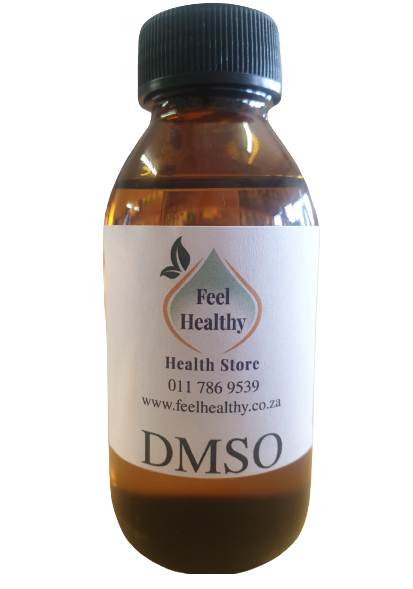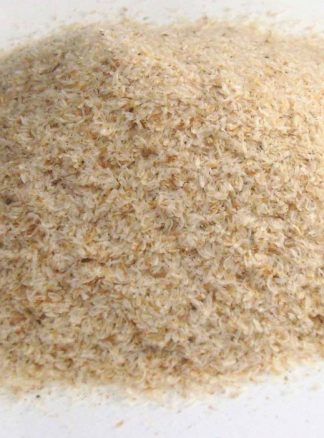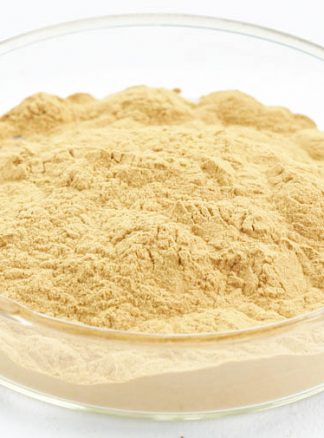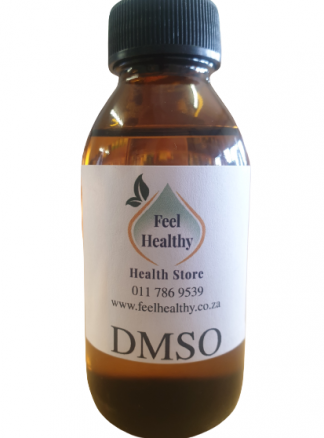Description
DMSO Dimethyl Sulfoxide 500ml
99.9% Pure DMSO
Natural, Organic Solvent for Industrial, Pharmaceutical, and Veterinary Use
DMSO (Dimethyl Sulfoxide) is a natural, organic solvent derived from wood pulp in the paper making industry. It’s renowned for its unique ability to penetrate the skin and enter the bloodstream, making it an effective transdermal.
Uses of DMSO
– Industrial applications
– Pharmaceutical industry
– Veterinary industry
– Relieving sciatica, nerve pain, joint pain, and muscular pain
Important Safety Information
– Always consult with a medical professional before use.
– Test for skin irritation before first application.
– Clean your hands and a small area on your arm, then apply a small amount to test your sensitivity.
Precautions
– May cause skin irritation, especially for sensitive skin.
– Start with a small patch test to assess your sensitivity.
Order Now and Discover the Versatility of 99.9% Pure DMSO!





